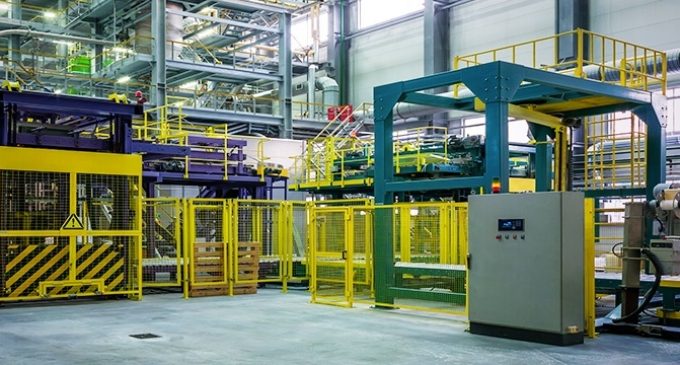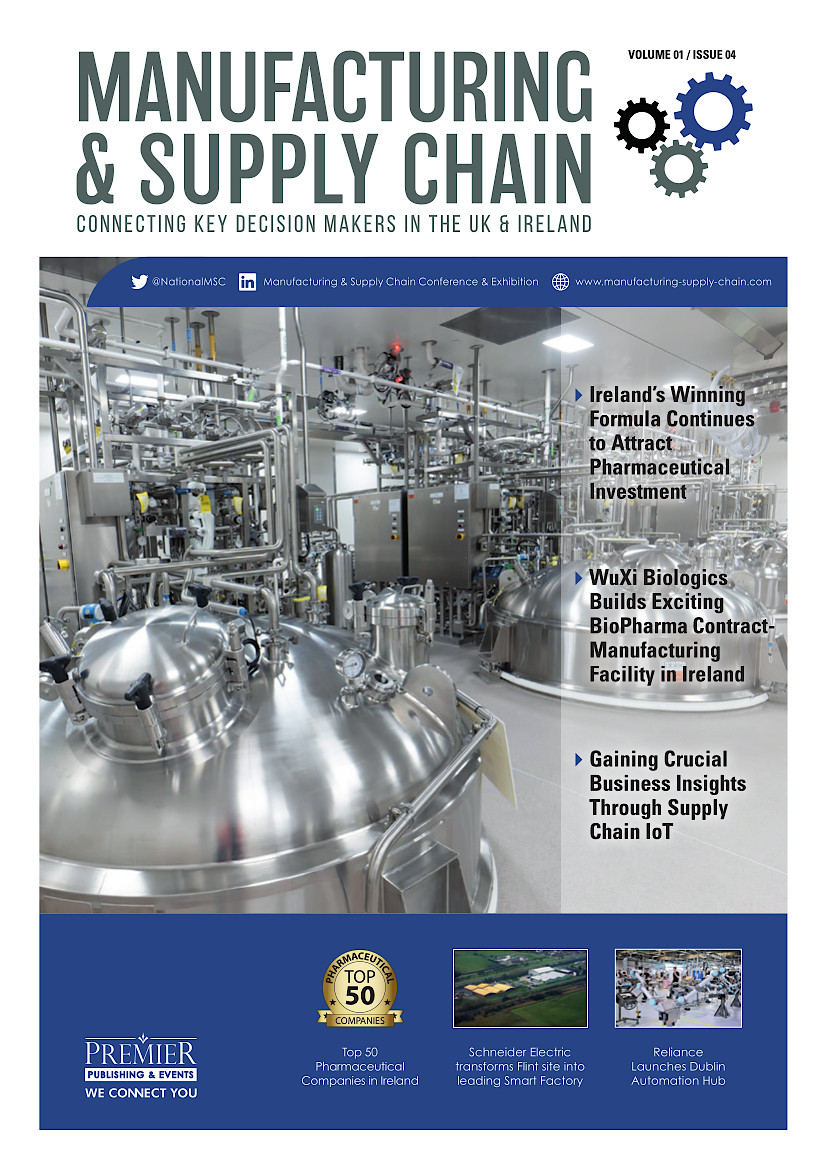Renewed downturn in Irish manufacturing sector performance

March data from the AIB Ireland Manufacturing PMI® illustrated persistent fragility across the manufacturing sector, with both output and new orders returning to contraction. Survey respondents cited headwinds from subdued demand in both domestic and export markets. Growth expectations for the year ahead weakened considerably, with optimism slipping to the lowest since October 2020. On a more positive note, manufacturers maintained a moderate rate of job creation in March and supplier performance improved to the greatest extent for nine months.
Commenting on the survey results, David McNamara, AIB Chief Economist, said: “The March AIB Irish Manufacturing PMI survey shows a renewed drop in activity in the sector, with the headline index falling to 49.6 from 52.2 in February. Activity has now contracted in nine months of the year to March. This fall, albeit marginal, reflects a decline in both output and new business in the sector last month. The Irish PMI remains above the flash March reading for the Eurozone at 45.7 but below the US and UK at 52.5 and 49.9, respectively.
 “A fall in output and new orders, alongside accelerated price pressures, were the key features of the March PMI survey. The Output Index fell to its lowest level in five months on the back of a downturn in domestic demand. New export orders were also lower, owing to softer UK demand in particular, but also reflecting broadly softer global demand.
“A fall in output and new orders, alongside accelerated price pressures, were the key features of the March PMI survey. The Output Index fell to its lowest level in five months on the back of a downturn in domestic demand. New export orders were also lower, owing to softer UK demand in particular, but also reflecting broadly softer global demand.
“While stocks of finished goods continued to fall in March, the upturn in new purchases of inputs by the sector continued. Improved delivery times were also linked to reduced pressure on supplier capacity. However, manufacturers cited ongoing shipping delays, largely due to current Red Sea disruptions. Firms also continued to expand their workforce to support long-term growth strategies, but the pace of growth moderated, and some respondents noted that weak customer demand had limited hiring.
“Inflationary pressures also continued to build in the early months of 2024. Input price inflation rose to its highest rate since February 2023, linked to generally higher costs for commodities and rising wages. Output prices also accelerated, and this implies that demand remains strong enough at present for manufacturers to pass on price rises to customers and protect margins.
“There was also a sharp fall in business optimism across the sector, with the latest reading the lowest since October 2020. Anecdotal evidence suggested that concerns about the global economic outlook and subdued prospects for export sales were factors dampening business optimism in March.”




















